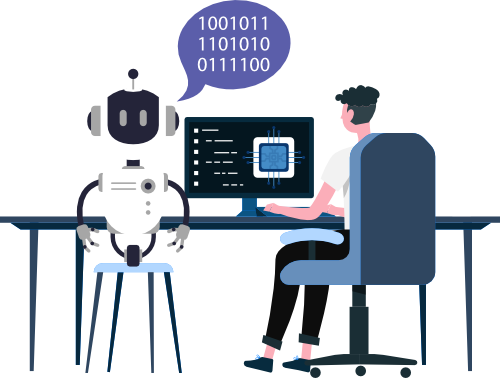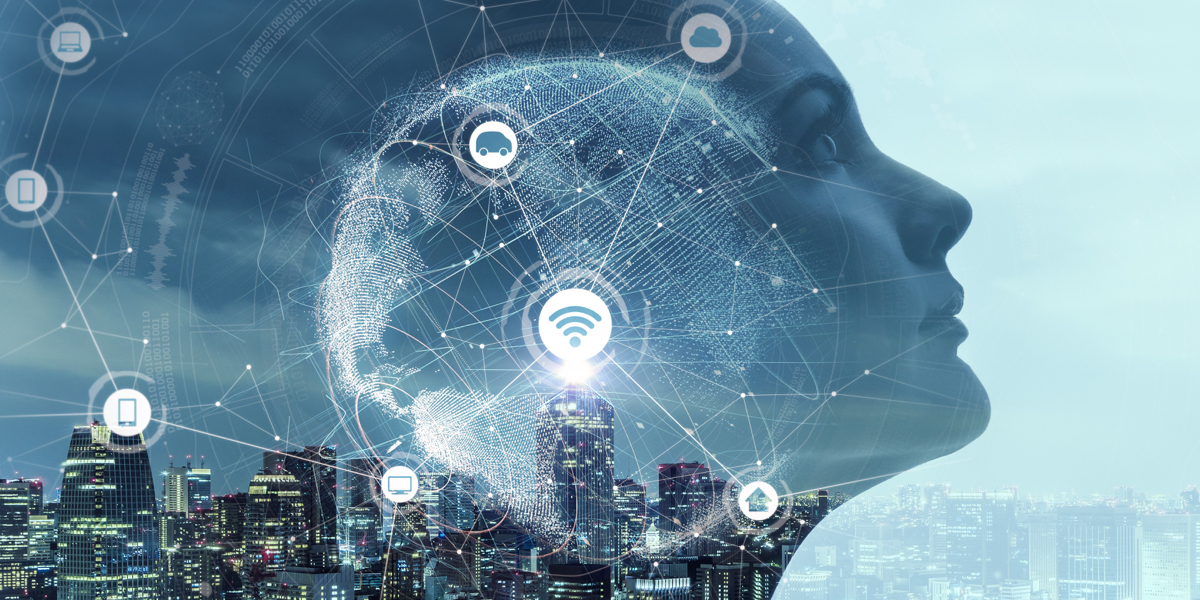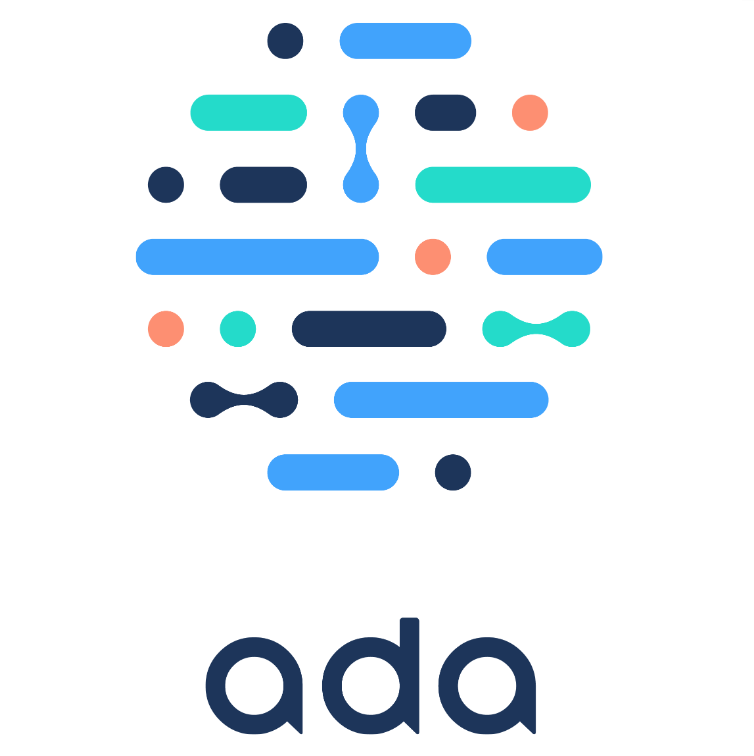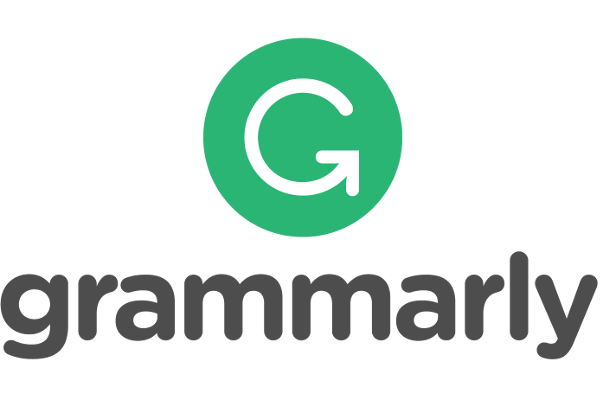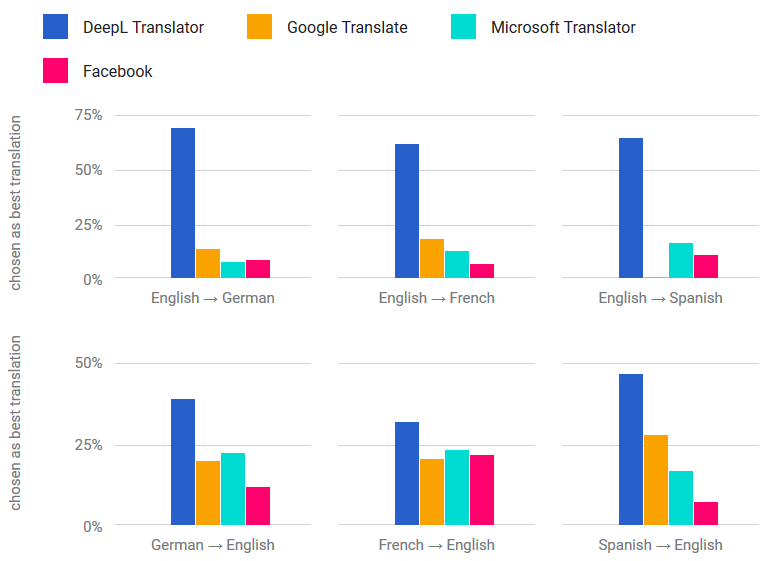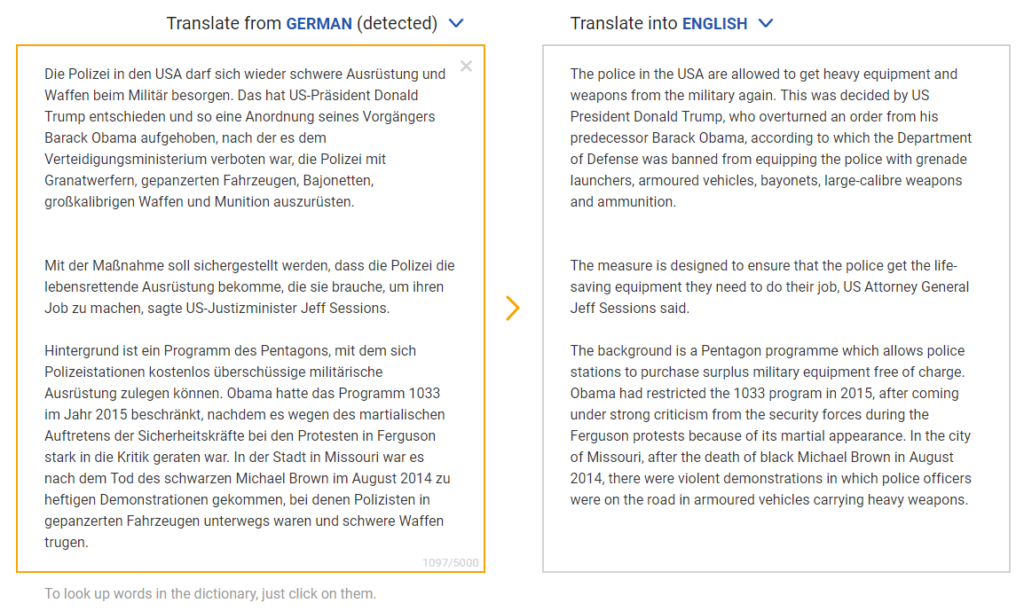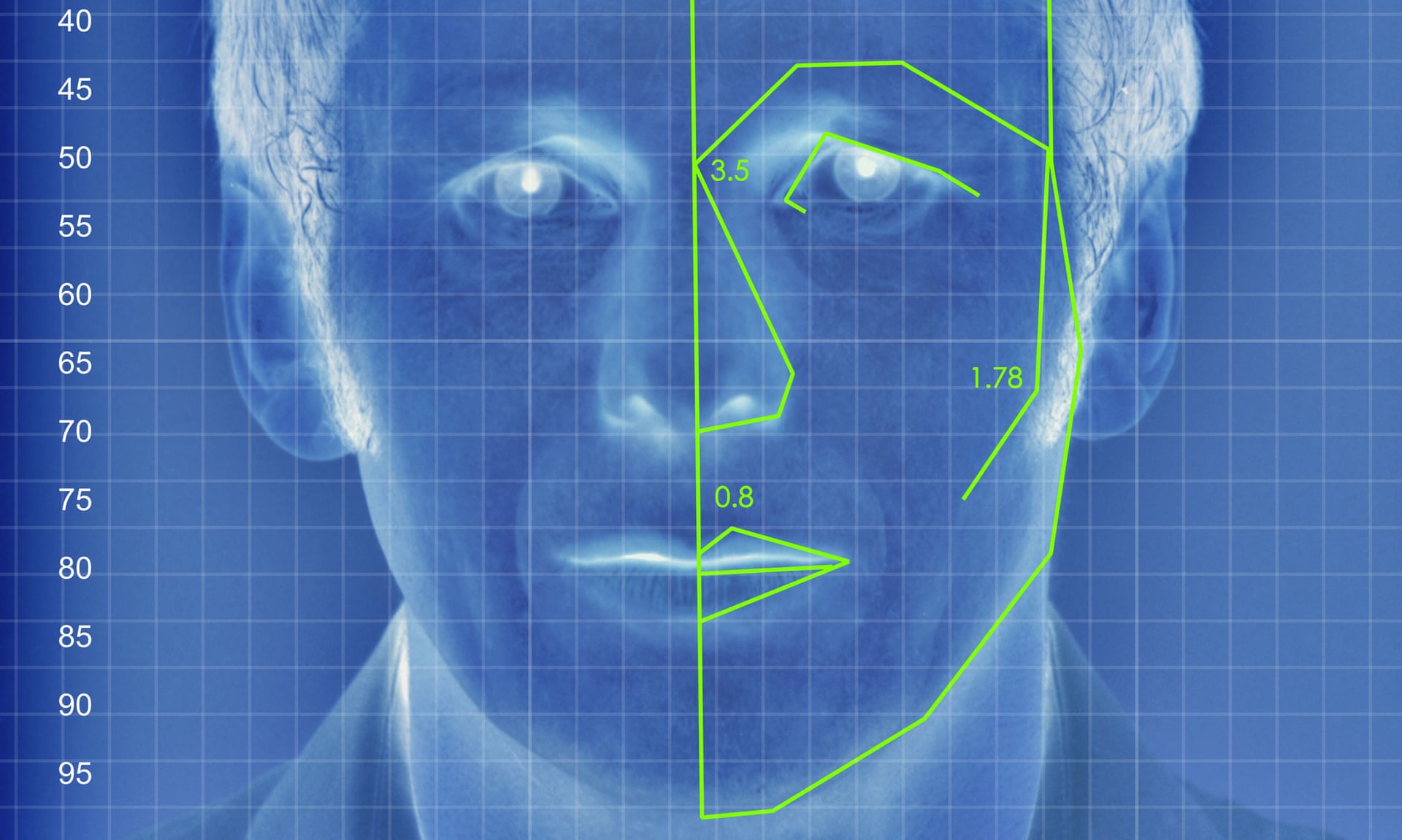
Analytics is an essential part of every business. It helps to assess a market and company’s sales, identify customers’ needs and modern trends, realize which products or services of an organization are in demand, and overall gives a perspective on possibilities of growth. Machine learning for analytics is the process of using ML algorithms to aid the analytics process of evaluating data and discovering insights with the purpose of making decisions that improve business outcomes.
Customer Segmentation
Machine learning algorithms can automatically segment customers into distinct groups based on various criteria, such as purchasing behavior, location, or product preferences. This segmentation allows marketers to target each group with highly relevant content and offers.
Predictive Analytics
Machine learning models can predict future customer behavior, such as which products of the company a customer is likely to purchase next or when they are most likely to make a purchase. This information enables businesses to time their marketing campaigns effectively.
Demand Anticipation
By analyzing historical sales data, competitor activity, and external factors like weather and economic trends, ML models can predict future demand with remarkable accuracy. This empowers businesses to optimize inventory levels and respond effectively to fluctuating market conditions.
Personalized Recommendations
You’ve probably seen personalized product recommendations on e-commerce websites like Amazon. Machine learning algorithms analyze a customer’s past behavior and recommend products or content that are most likely to interest them, increasing the chances of conversion.
Fraud Detection
Machine learning-based fraud detection systems rely on ML algorithms that can be trained with historical data on past fraudulent or legitimate activities to autonomously identify the characteristic patterns of these events and recognize them once they recur.
Moreover, by analyzing transaction patterns and identifying anomalies of a particular entity, ML models can flag suspicious activity in real-time, preventing fraudulent transactions and mitigating financial losses. This proactive approach safeguards not only businesses but also their customers, fostering trust and security.
Operations Optimization
ML algorithms can analyze vast operational data to identify bottlenecks, inefficiencies, and potential areas for improvement. This allows businesses to optimize resource allocation, scheduling, and logistics, leading to cost savings and increased productivity.
Employee Performance and Human Resources
Machine learning can be used in HR analytics to assess employee performance, predict employee turnover, and identify factors contributing to job satisfaction. This helps in making data-driven decisions related to workforce management and employee engagement.
Text Analytics
Machine learning models can analyze text data from sources like social media, customer reviews, and surveys to gauge sentiment. This information is valuable for understanding public opinion, improving customer satisfaction, and managing brand reputation.
These are some functions of machine learning in business analytics. It’s a very powerful tool which sheds light on the market and ongoing processes in economy, resulting in enhanced accuracy of predictions and, therefore, contributes to the success and margins of a company.
Sources:
- https://www.techtarget.com/searchenterpriseai/feature/10-common-uses-for-machine-learning-applications-in-business
- https://www.linkedin.com/pulse/role-machine-learning-personalized-marketing#:~:text=Machine%20Learning’s%20Contribution&text=Machine%20learning%20algorithms%20can%20automatically,highly%20relevant%20content%20and%20offers.
- https://www.itransition.com/machine-learning/fraud-detection#:~:text=Machine%20learning%2Dbased%20fraud%20detection,recognize%20them%20once%20they%20recur.
- https://www.oracle.com/business-analytics/what-is-machine-learning-for-analytics/#:~:text=Machine%20learning%20for%20analytics%20is,Providing%20analytics%2Ddriven%20insights.
- https://bard.google.com/chat/616ccd3957c0cc71 (as a source for some features of ML)

